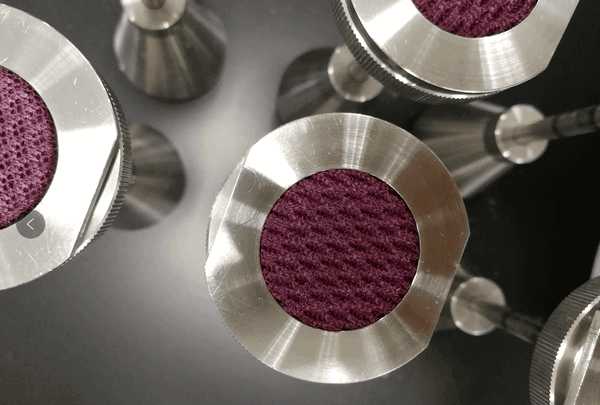- Qinsun Instruments Co., Ltd.
- Tell:+86-21-6780 0179
- Phone:+86-17740808215
- Address:No. 2578 Minhang District Gu Dai Road, Shanghai
- Contact:Mr. Li
- QQ:846490659
Selection guide for diaphragm pumps

Selection guide:
The role of diaphragm pumps in process control is to receive control signals from regulators or computers, change the flow rate of the regulated medium, and maintain the regulated parameters within the required range, thereby achieving automation of the production process. If we compare the automatic adjustment system with the manual adjustment process, where the detection unit is the human eye and the adjustment control unit is the human brain, then the execution unit - the diaphragm pump - is the human hand and foot. To achieve the regulation and control of a certain parameter in the process, such as temperature, pressure, flow rate, liquid level, etc., diaphragm pumps are indispensable. Therefore, the correct selection of diaphragm pumps is of great significance in the automation process.
1. Composition and classification
Diaphragm pump, also known as control pump, is the main type of actuator that receives control signals from the regulating control unit and uses power operation to change the fluid flow rate. Diaphragm pumps generally consist of an actuator and a valve. If based on the power used by the actuator, diaphragm pumps can be divided into three types: pneumatic, electric, and hydraulic. They are pneumatic diaphragm pumps powered by compressed air, electric diaphragm pumps powered by electricity, and hydraulic diaphragm pumps powered by the pressure of liquid media (such as oil).
2. Type selection
2.1 Selection of valve body type for diaphragm pumps The selection of valve body is an important step in the selection of diaphragm pumps. There are many types of valve bodies for diaphragm pumps.
(1) The shape and structure of the valve core are mainly considered based on factors such as the selected flow characteristics and unbalanced forces.
(2) Wear resistance when the fluid medium is a suspension containing high concentrations of abrasive particles.
(3) Corrosion resistance: Due to the corrosive nature of the medium, it is advisable to choose valves with a simple structure as much as possible while meeting regulatory requirements.
(4) When the temperature and pressure of the medium are high and vary greatly, valves with valve core and valve seat materials that are less affected by temperature and pressure changes should be selected.





